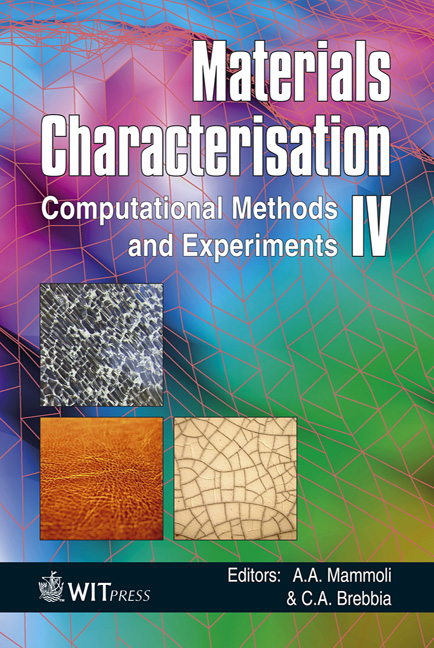Thermoelectric Effect In Quantum Wells And Hetero-structure
Price
Free (open access)
Transaction
Volume
64
Pages
7
Page Range
329 - 335
Published
2009
Size
288 kb
Paper DOI
10.2495/MC090311
Copyright
WIT Press
Author(s)
H. L. Kwok
Abstract
Thermoelectric effect has attracted much attention recently due to its potential application in cooling and power generation. The related theory (for bulk materials) is not new and the key parameter of interest, i.e., the thermoelectric power TEP or the Seebeck coefficient S can be derived based on charge transport and energy/heat transfer. Over the years, many thermoelectric materials have been identified and exhibited high conversion efficiency. Recent studies on thermoelectric effect in hetero-structures and delta-doped layers have also reported large thermoelectric power and it is of interest to find out if these selectively doped and/or interface layers (sometimes down to 1-2 unit cells) will exhibit the same thermoelectric properties as found in bulk materials. From the perspective of maximizing the thermoelectric power, the question would be whether one ought to favour the use of a quantum well structure or a heterostructure. This work provides a comparative study on the performance of thermoelectric materials built on these layered structures. Analyses suggest that for a moderately doped surface layer, there is little difference between the 2- dimensional model and the 3-dimensional model. The difference occurs at high doping when a ‘metallic’ model has to be used. For the quantum wells and the hetero-structure our results indicate that there will be charge migration into the substrate, which may complicate the analyses. In our opinion, this can be the reason for the observed \“giant” thermoelectric power found in the TiO2-SrTiO3 hetero-structure. Keywords: hetero-structure interface, quantum well, sheet charge density, thermoelectric power, charge migration.
Keywords
hetero-structure interface, quantum well, sheet charge density, thermoelectric power, charge migration





